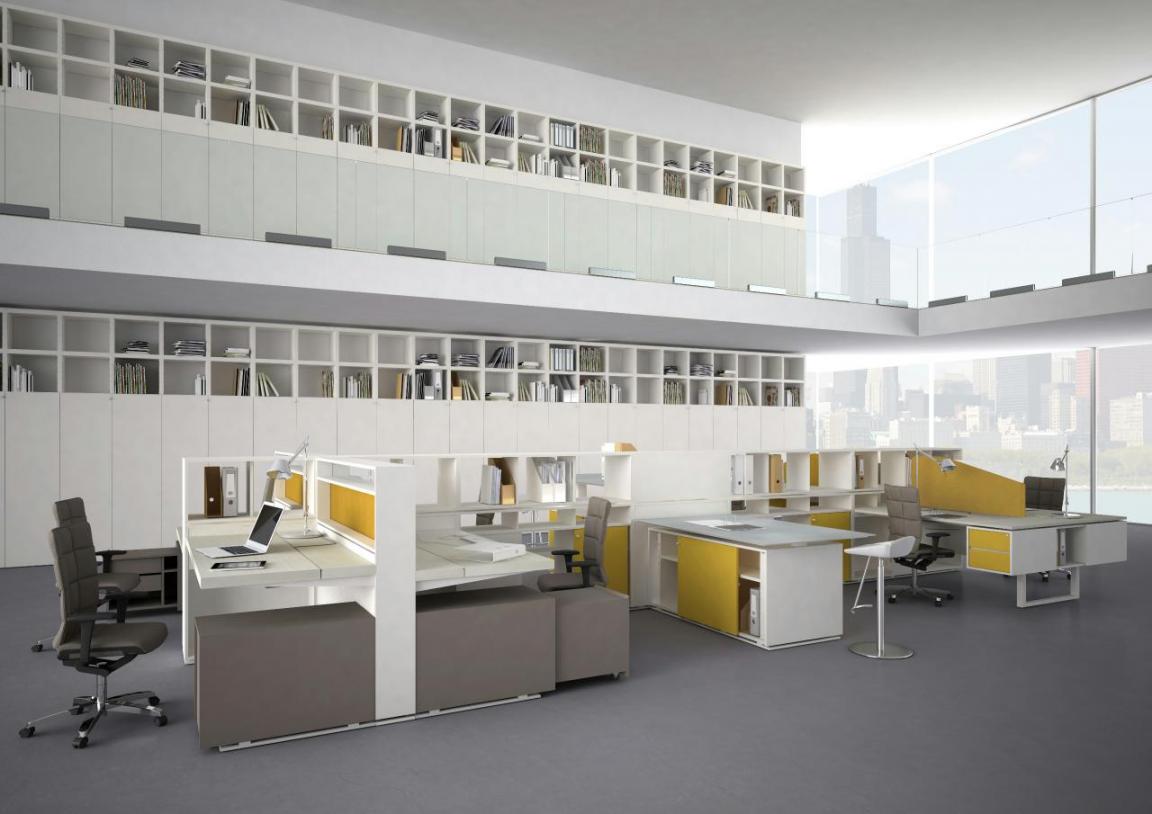The likelihood of squabbling with co-workers could be influenced by office design, scientists say.
Researchers in Sweden found that particularly for women, the risk of conflict at work increases in so-called combi- and flex-offices and women are more bothered by noise in these types of office plans than men.
Increasingly popular combi- and flex-offices are activity-based designs that offer employees a choice of work environments for different activities. Flex-offices also mean no one has their own, individual workstation.
Combi-offices, on the other hand, offer individual workspaces but are designed for team-based work. They are highly stressful, too, said Christina Bodin Danielsson, a researcher at Stockholm’s KTH Royal Institute of Technology School of Architecture & Built Environment and Stockholm University’s Stress Research Institute, reports PTI.
“In a combi-office, the fact that you work as a team could be a possible explanation for the environment’s negative impact on conflicts,” Danielsson said.
The study was based on data collected by the Swedish Longitudinal Occupational Survey of Health, a nationally representative psychosocial survey of the Swedish working population.
The study found that significantly fewer conflicts arise in large open office plans, where 25 or more people work. This was especially true for women, Danielsson said. But when it comes to combi-offices, Danielsson said that women are particularly vulnerable to the stress these designs create.
“Although men are also affected, it seems that other factors play a larger role in the occurrence of conflicts among men.”
Danielsson pointed out that existing studies show women are more sensitive to the social aspects of a workplace than men.
“This might partly explain the differences we found between women and men in office design impact on the occurrence of conflicts,” she added. The findings were published in the Journal of Environmental Psychology.


